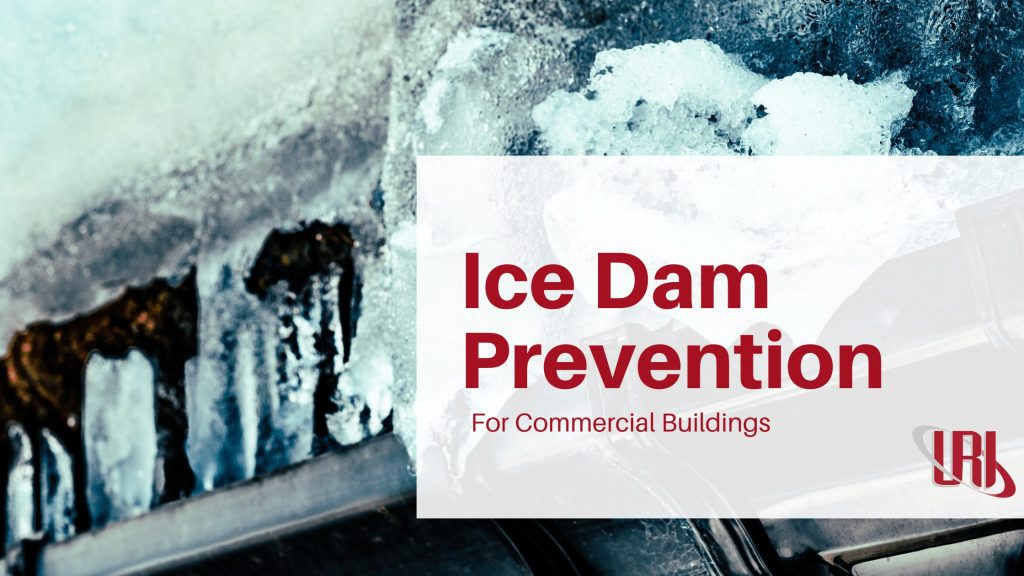
Ice dams can form on the roof of any commercial building in a climate that experiences snow and ice. A large block of ice on your roofline can pose several risks for your business, so taking preventative measures is vital. Keep your roof in top shape and protect everything and everyone inside by taking steps to stop ice dams.
Ice dams are thick sheets of ice that form on your commercial roof’s edge. If the snow on the upper portion of your roof begins to melt, it will travel downward. Without proper drainage, it accumulates at the edge and refreezes into an ice block.
The reason why snow can melt on one part of the roof and not the entire surface varies. Anything that can cause a variation in roof temperature, such as ducts, can create areas warm enough to melt the snow. However, the edge of the roof will still likely be cold enough for the water to refreeze.
If you leave an ice dam for too long, it will continue to grow. The larger it becomes, the more water will pool on your roof. Pooling water can cause numerous issues, including:
The good news is that there are ways you can help prevent ice dam formation. Some of the most effective methods for preventing ice dams include:
At URI, we take every situation seriously and offer a timely response to an emergency. Our dedicated team will work with you to develop a disaster preparation plan. No matter if or how the situation arises, URI teams are ready to help you with commercial and industrial property restoration. Contact us online today to learn more about our services.